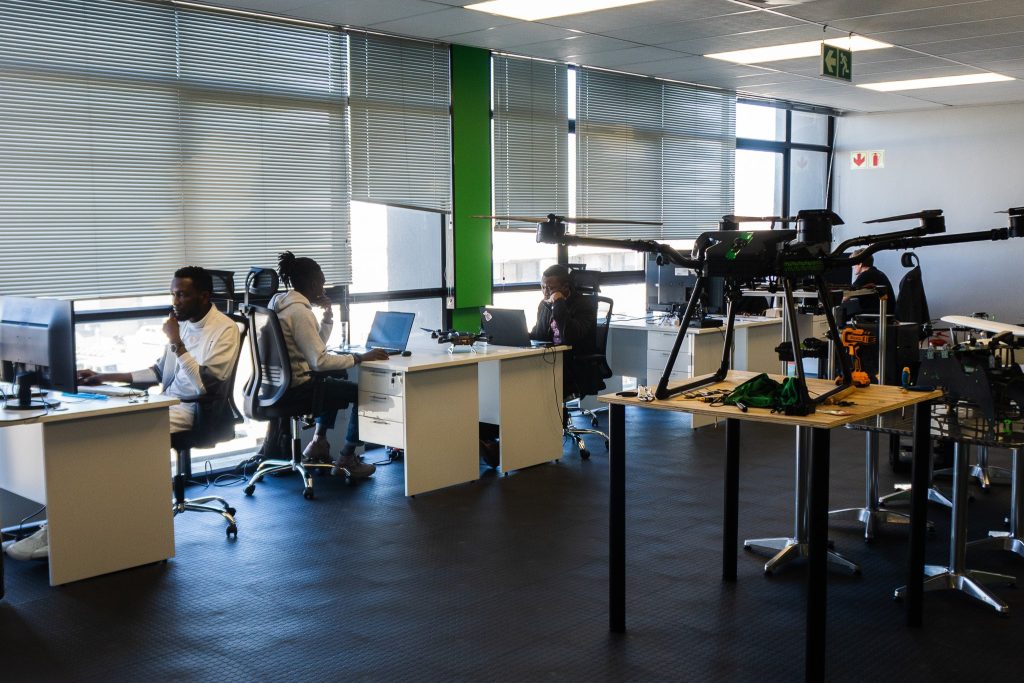Artificial intelligence (AI) has become an integral part of many technological industries and aerial robotics is a prime example. Here, we will explore the varied applications of AI and its potential benefits within the aerial robotics domain. As a leading drone manufacturing company in South Africa, AutonoSky Aerial Technology Solutions consistently strives to maintain a leading position at the forefront of these progressive trends.

AI can be broadly defined as the simulation of human intelligence processes by machines, especially computer systems. The early beginnings of AI can be traced back to the mid-20th century when Alan Mathison Turing, a British logician, and computer pioneer, posed the question “Can machines think?” in one of his famous papers titled Computing Machinery and Intelligence. Some few years down the line, AI has now become capable of performing tasks related to vision, natural language processing, pattern recognition, classification, and other complex tasks that were previously only associated with human or biological intelligence. Modern aerial robotics has also become very reliant on AI for a wide range of applications requiring greater accuracy, efficiency, safety, and autonomy. This trend is likely to continue into the future because AI algorithms excel at flight control of drones, processing sensor data from drones, and using sensor data to make optimal decisions. These algorithms are already significantly influencing the way aerial robots are being used in the drone industry.
In a conference discussing the use of AI in aerial robotics, the following branches of AI were found to be most prominent:
Computer Vision
This is a branch of AI that enables computers to imitate the human sense of vision, i.e., understand the visual world through digital images and videos. According to some researchers from Lulea University of Technology, Sweden, modern aerial robots already use computer vision for mapping, pose estimation, obstacle detection and target tracking.
Machine Learning
This branch of AI deals with enabling computer systems to learn through statistical techniques without the need for explicit programming. The process typically requires a large amount of training data. Modern drones use machine learning algorithms for live monitoring, data acquisition and processing of, and predictions in agricultural and mining applications.
Deep Learning
This is a type of machine learning AI that is inspired by the human brain and utilises neural networks to learn complex patterns in data in order to produce accurate predictions and insights. You Only Look Once (YOLOv7), a state-of-the-art deep learning-based AI model is already being used by modern aerial robots for applications involving robust object detection.
Reinforcement Learning
This branch of AI involves a process based on reward and punishment systems for respective desired and undesired behaviours in computer systems. During the process, the system learns to make better decisions through trial and error. Deep Reinforcement Learning (DRL) methods are already being used to achieve smooth drone navigation in computer-simulated environments and there are prospects for future real-world use cases.


























